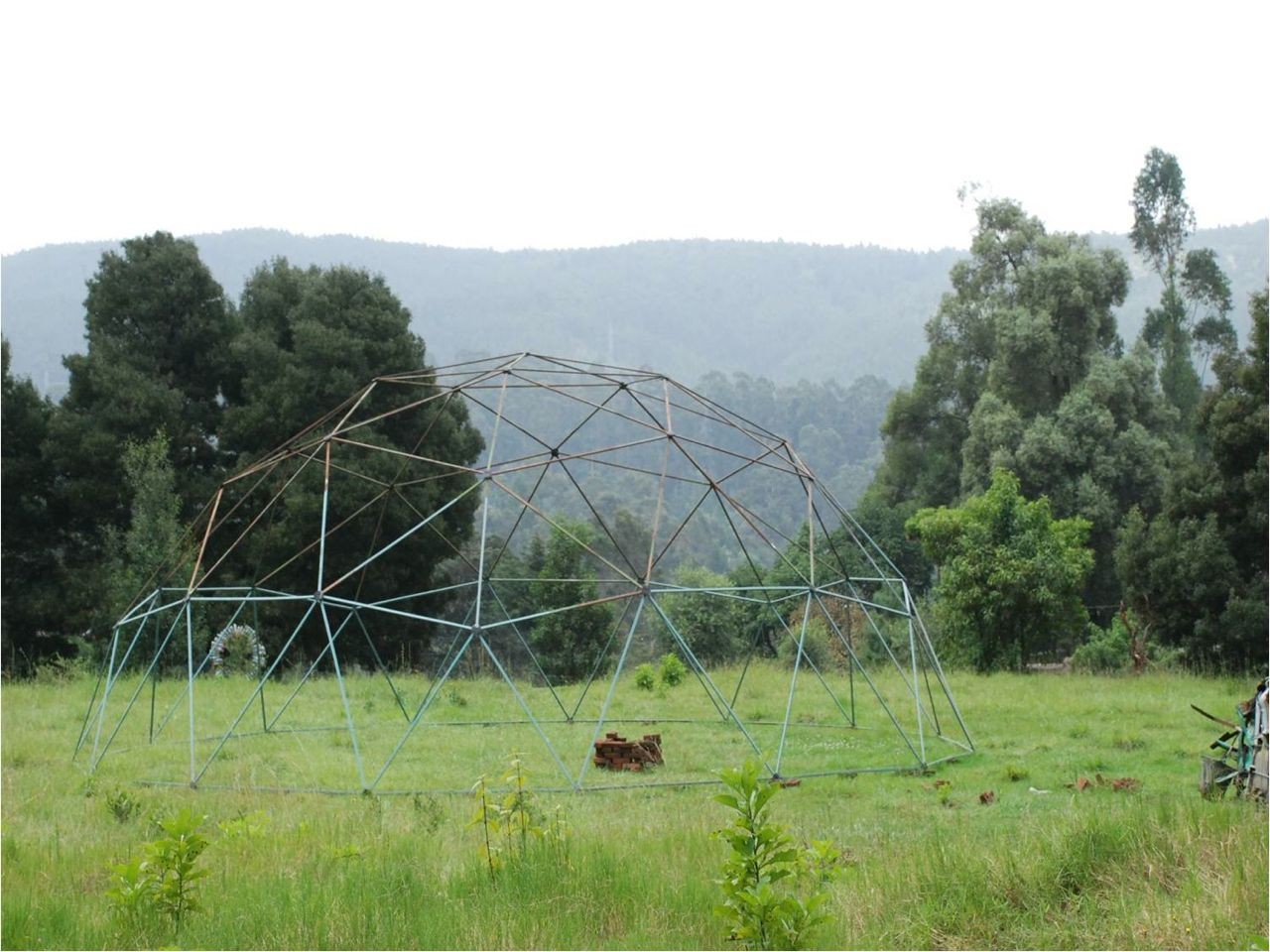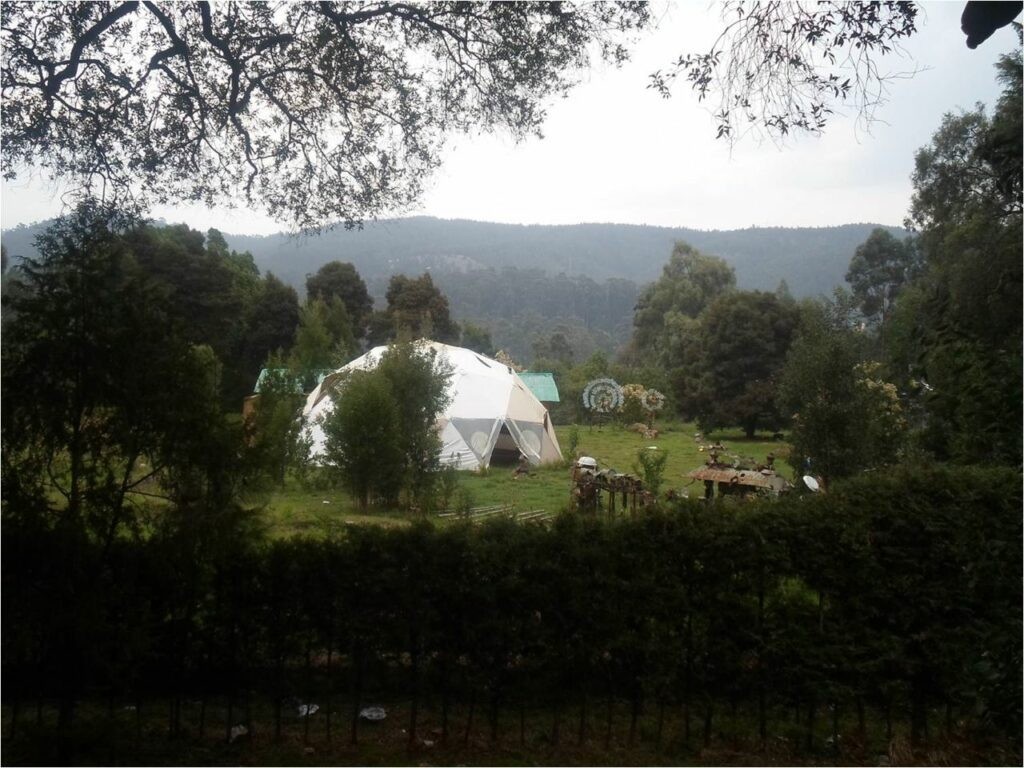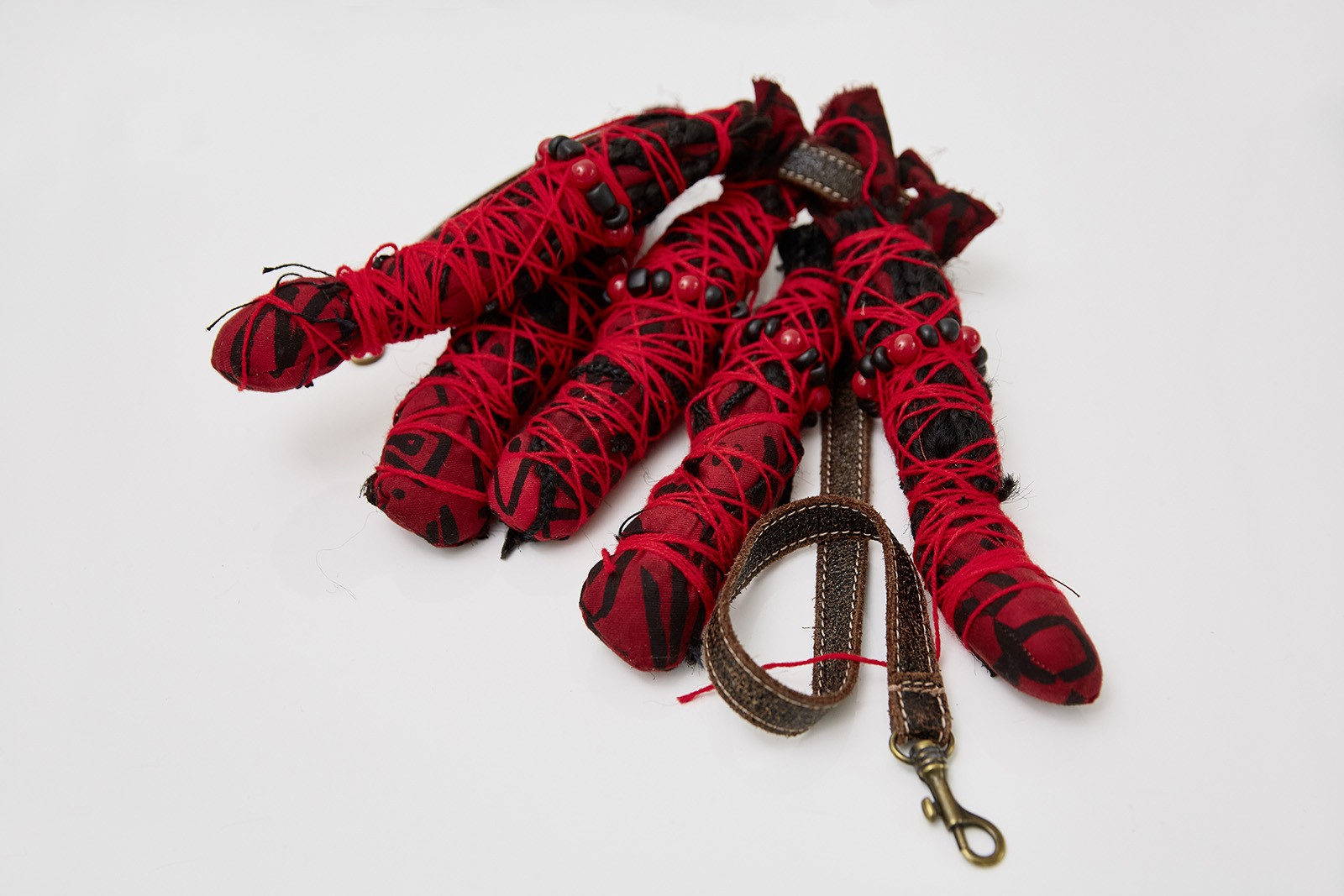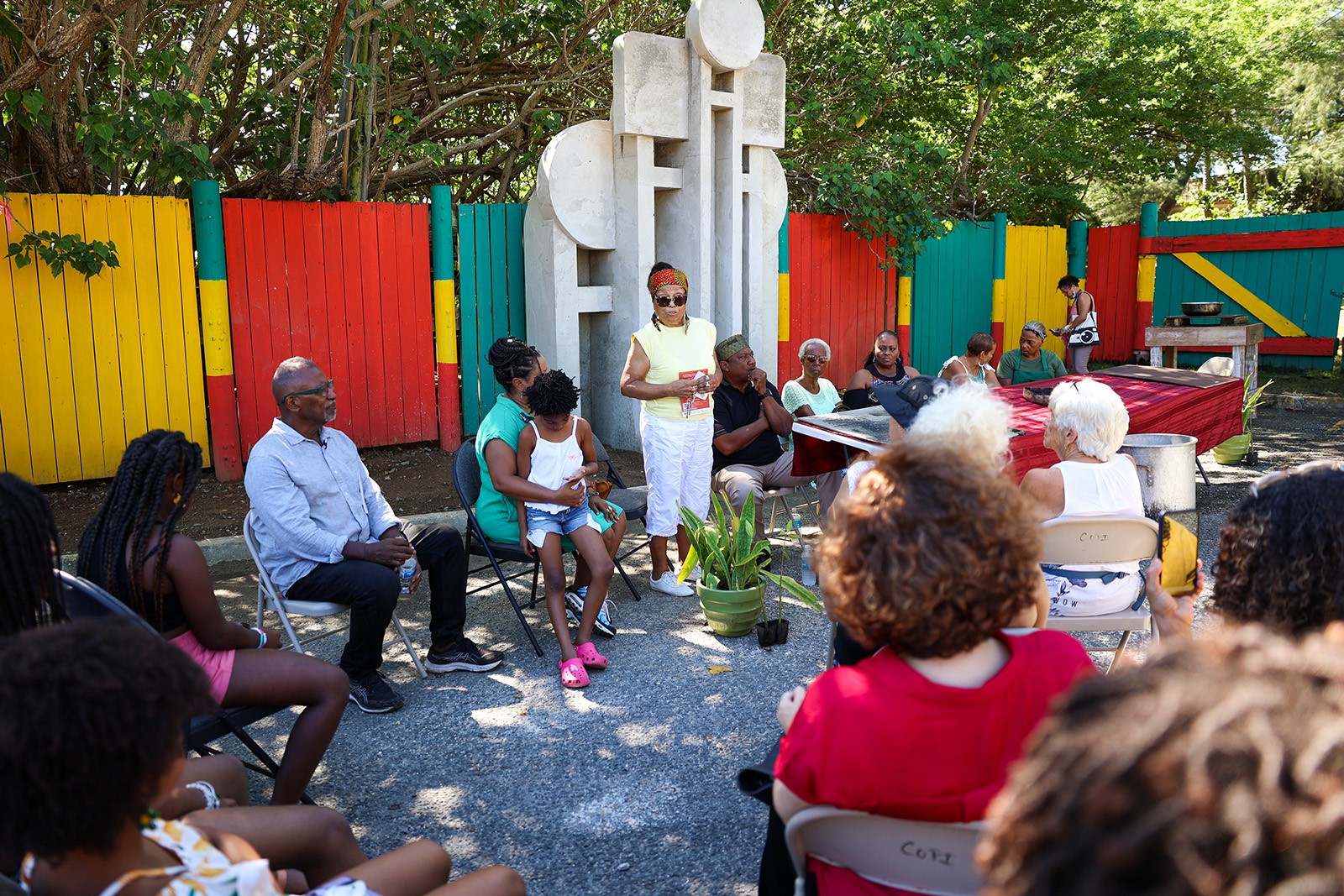On Addis, art and Olafur

18 November 2014
Magazine C& Magazine
5 min read
C&: Mihret, you are one of the initiators of Netsa Art Village. What was the idea behind this project? Mihret Kebede: The idea behind establishing Netsa Art Village was to create a space for the practice of contemporary art. Once you are out of art school here in Addis, there is nowhere to go. Unlike …
C&: Mihret, you are one of the initiators of Netsa Art Village. What was the idea behind this project? Mihret Kebede: The idea behind establishingNetsa Art Village was to create a space for the practice of contemporary art. Once you are out of art school here in Addis, there is nowhere to go. Unlike other departments such as physics or technology, you are not going to be assigned to work for government or for some company. Therefore we needed to set up our own space in order to proceed with our own artistic practices. Basically we wanted this space to be a living contemporary art museum where you can see how art is being created as works in progress.

courtesy of Netsa Art Village C&: How do you support yourself? MK: It’s us the artists who have supported ourselves, mainly by selling our artwork. After two years the local Goethe Institut started to give us some funding, for instance when we needed to build one of the pavilions to showcase the premise of Netsa Art Village. Also, Olafur Eliasson has been a great supporter. C&: How do you collaborate withOlafur Eliasson? MK: When Olafur came to the art school to give a presentation of his work, we invited him to come here. He felt really immediately connected to the structure. He loves the idea of what we’re doing here. So he started to collaborate with us. On several occasions, we were invited by his institute, theInstitut für Raumexperimente. Olafur has made connections for us and he helped us with the structures of the Netsa Art Village by suggesting some ideas and concepts.

with Studio Olafur, courtesy Netsa Art Village C&: Netsa Art Village was founded in 2008. Do you feel like the art scene in Addis has changed since then? MK: Netsa Art Village has become a free space for artists. Artists used to be confined to their studios producing their work to meet the expectations of galleries. This is a space where artists are free to do whatever they like. We are an artists’ collective and work together without any restrictions. We are also collaborating with artists from local and international art scenes. We organize art workshops, residencies, music concerts, literature events, art therapy, and programs with children. C&: How are the galleries structured? MK: There are not that many galleries and some of them are commercial.Asni Gallery, Lela Gallery, andZoma Contemporary Art Center are the ones that have set up frameworks and structures for exhibitions. The other ones are more tourist-oriented. On the one hand, artists are expected to be catalysts and imaginative personalities to bring something new to the community and to contribute. On the other hand, artists are abused by the system as their artwork is dictated by capitalism, by the gallery owners.

courtesy of Netsa Art Village C&: You mentioned international connections such as Olafur Eliasson, but what is the connection like with East African art scenes, for example the artist Helen Zeru who participated in KLAART 014? MK: Indeed, the Netsa Art Village did collaborate with theKLAART 014 art festival. When we had theWax and Gold workshop in 2013, we invited some artists from Kenya and Zambia. That connection has been ongoing ever since. C&: Do you have a larger vision for the Netsa Art Village? MK: We want this space to be a center for artistic practices not only for Ethiopia, but also for international artists from Africa and beyond to come and exchange ideas. My dream is to produce global artwork with local funding. The artists in the community should manage artistic productions together. That’s what I like about public arts and performance, when you have to go and talk to the people through your medium by trying to create a conversation with the community and generate mutual support. Also, Addis Ababa was listed in the New York Times as the 13th most interesting city to visit. This is a result of the art scene and the jazz happening here. The art scene is getting stronger and stronger. It’s a tool to introduce your country to the world, to create a positive image. Mihret Kebede is an artist/poet, who graduated from Addis Ababa University School of Fine Arts and Design in painting with distinction in 2007 and has earned her MA in arts from the same school in 2016. She has received a certificate award of recognition as the best practicing artist in 2013 from the Ministry of Culture and Tourism, Ethiopia. She is currently a Ph.D. in-practice program candidate at the Academy of Fine Arts Vienna with a working title conversing with Silence as a continuity of her project silence during her MA study at Alle school of fine arts and Design, Addis Ababa University.Interview by Yvette Mutumba
Read more from

Confronting the Absence of Latin America in Conversations on African Diasporic Art

On Exile, Amulets and Circadian Rhythms: Practising Data Healing across Timezones

Eva de Souza: Textile Experimentation as Poetic Protest
Read more from

Irmandade Vilanismo: Bringing Poetry of the Periphery into the Bienal

I Am Monumental: The Power of African Roots

